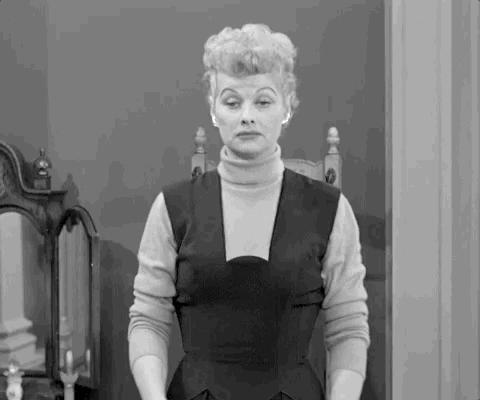Asking the Right What Ifs
On Wednesday, it will be September. In our family, that means the unofficial start of autumn, and maybe more importantly, the return of my superpowers. It’s also the time for the seasonal turnover of planners, which took up a lovely portion of my Sunday afternoon. I love that ritual, of curating my planning supplies, moving from summer vibes (as much as I do, which isn’t much, as it’s not my favorite season) and into my natural environment. Bring on cool days, warm afghans, hot tea, big books, and all that good stuff.

In a writing perspective, that includes writing those books as well. Another part of the afternoon was me going over my edits letter from Safeword Author Services, which I cannot recommend highly enough for any author looking to hire an editor. Awesome encouragement, excellent insight, and I actually agree with the changes my editor proposed…so why haven’t I made them since February? That’s kind of a while.
First, let me introduce you to my non-besties, Anxiety and Depression, and the common author challenge of mind numbing terror when it comes to working on some of the tough stuff. But is it really? Sometimes, it’s as easy as asking the right questions. When I set up my writing notebook for historicals, I made sections for A Heart Most Errant, and Her Last First Kiss, with another for general tips and ideas for future project. For AHME, the first thing in there is the editorial letter. I read it through, then highlighted the areas I needed to address, color coded for hero (blue) heroine (pink) and general writing (green.) If I had a villain POV, which this book does not, then that would get a yellow highlight, because yellow is my least favorite color.
When I have Character A flip flopping from X to Not X a couple times throughout the story, making that decision for them wasn’t going to do. Instead, I turned to a fresh page and asked myself, “How does Character A feel about X, really?” Pros. Cons. Why they can hold both beliefs at once. Both hero and heroine in this book are trauma survivors (which is probably true for most of my characters in any story) so that is going to play into how they react to things, even good things. There’s also whether Character B would really focus on Y at a given moment. If they don’t focus on Y, then what would catch their attention instead? What would be more important? How does Not-Y fill a more urgent need than Y?
The only way to find that out, for me, is to do what I did when I wrote the beginning of My Outcast Heart, my first published historical romance (out of print right now; stay tuned for reissue talk) — follow my character as they run off on their own and write down what they do. It’s not entirely pantsing, as I can tell them “okay, here’s what has to happen next,” but usually, they figure out how they are going to that on their own, in their own particular way. It’s also not always in order. When I wrote Orphans in the Storm, my fourth historical (also out of print right now) I wrote both ends against the middle. I knew how it started, I knew how it ended, but connecting those two?
 grab this gif; not mine
grab this gif; not mineThat was a matter of connecting “what happened after that?” with “what happened before that?” Repeat until the two ends meet. (I do not recommend the other notable thing about this manuscript, which was losing the whole file, after I had already sold it, but if you do, be sure to have an awesome critique group with hardcopies.) In this case, it’s translating to “okay, if X didn’t work, what could be Y?” Not what is, necessarily, but what could be? In the words of an online writer friend, “it’s just riffing.” Have fun. Chuck some ink on that paper and see what transpires. For my money (and that which I hope comes from it) it’s well worth the trip.
How are you getting ready for September?




